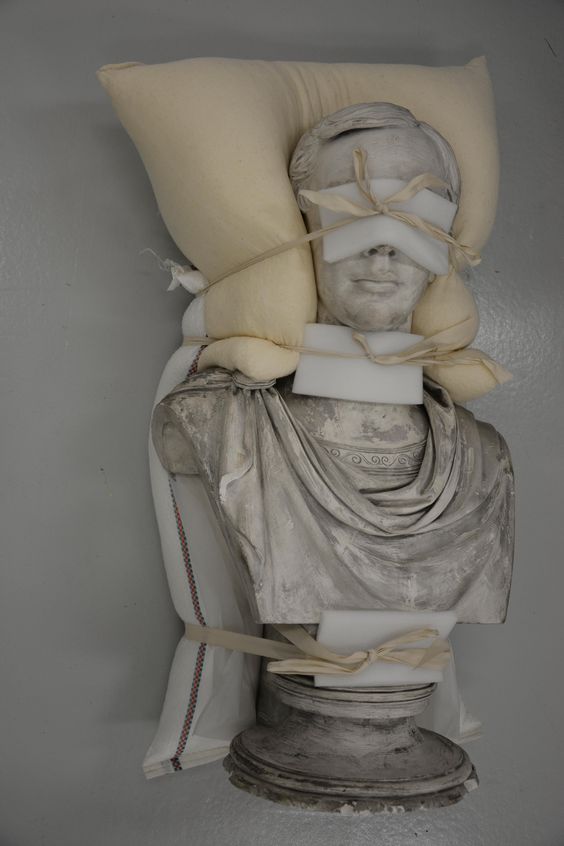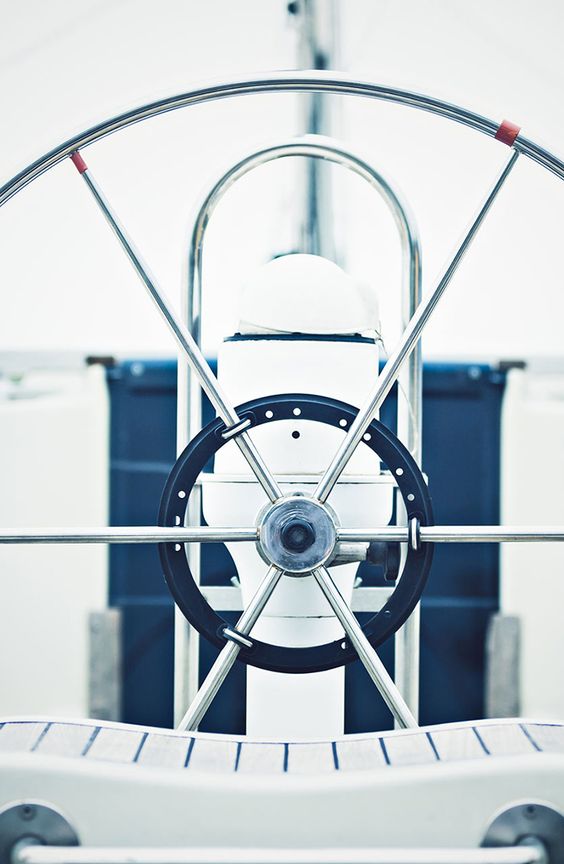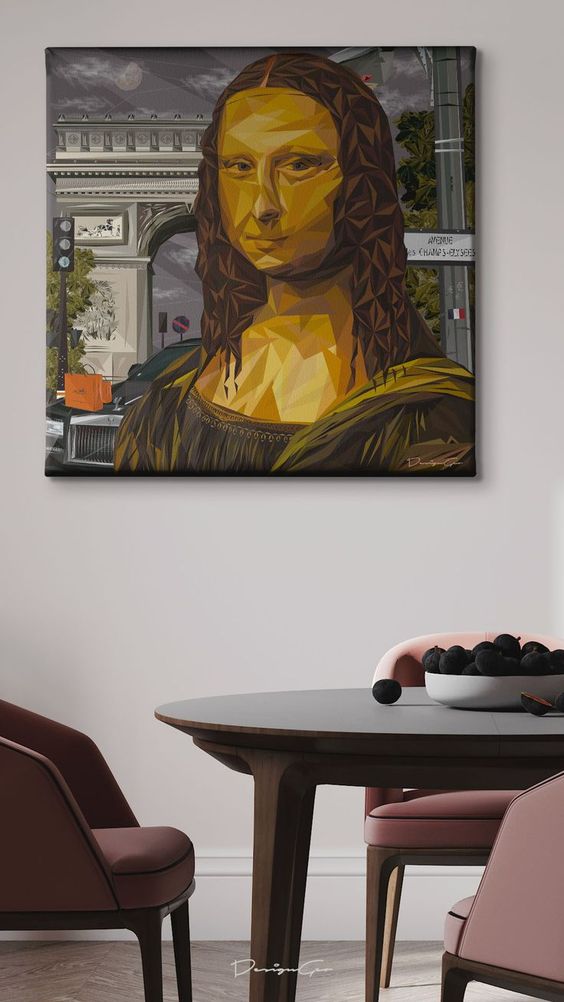The Art of Restoration: Preserving Valuable Artworks
Preserving valuable artworks is an essential part of the luxury art and collectibles industry. Whether it’s a priceless painting, a rare sculpture, or a historic artifact, the art of restoration is crucial in maintaining the beauty and integrity of these luxury pieces.
Restoration is not just about repairing damages; it is about preserving the history, craftsmanship, and artistic value of these treasures. In this blog, we delve into the intricacies of the art of restoration, exploring the techniques, challenges, and importance of preserving luxury art and collectibles for generations to come. Join us on this journey into the world of restoration and discover the fascinating process behind safeguarding these precious pieces of art.
The significance of preserving valuable artworks
Preserving valuable artworks is crucial for maintaining their cultural and historical significance. Active preservation efforts safeguard these treasures for future generations, preventing deterioration and loss. Implementing proper conservation techniques, including climate control and secure storage, is vital. Consistent monitoring and periodic restoration contribute to the active preservation of artistic masterpieces.
- Understanding Artwork Composition: Active comprehension of the materials used in artworks informs preservation strategies.
- Implementing Conservation Measures: Actively employ measures like controlled lighting and humidity to prevent degradation.
- Regular Inspection: Active, routine checks ensure early detection of any damage or potential risks to artworks.
- Expert Restoration: Active involvement of skilled conservators ensures careful and informed restoration procedures.
The active collaboration between curators, conservators, and researchers ensures a holistic approach to preservation. Active documentation of artworks, including their history and condition, aids in planning and implementing effective preservation strategies.
Overall, the significance of preserving valuable artworks lies in active, ongoing efforts. By actively understanding, monitoring, and conserving these treasures, we contribute to the cultural legacy for generations to come.
Understanding the delicate process of restoration
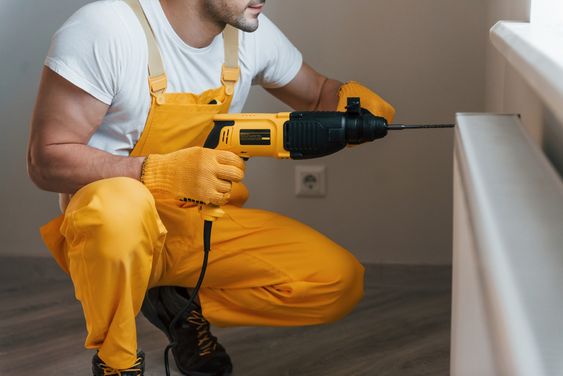
Understanding the delicate process of restoration is essential for preserving cultural and historical artifacts. Active comprehension of the artwork’s composition informs the restoration approach. Identifying areas requiring attention is an active step in the restoration process.
- Initial Assessment: Actively assess the artwork’s condition to identify restoration needs.
- Precision in Techniques: Active use of precise techniques ensures minimal impact during restoration procedures.
- Skilled Intervention: Actively involve skilled restorers for careful and informed restoration work.
- Documentation: Actively document the restoration process, detailing each step and the materials used.
The active removal of accumulated dirt or damage requires a delicate touch. Active measures, such as controlled environments, ensure optimal conditions for restoration work. Active consultation with experts and stakeholders allows for collaborative decision-making.
Implementing the restoration plan involves an active commitment to meticulous work. Regular evaluation during and after the process ensures the desired outcome. Active engagement with the restored artifact post-process involves continued monitoring and maintenance.
Understanding and actively participating in the delicate restoration process are vital for preserving the integrity of cultural and historical treasures. Active involvement ensures that these valuable artifacts are not only restored to their former glory but also safeguarded for future generations.
Navigating the challenges of restoring valuable artworks
Restoring valuable artworks presents a myriad of challenges that demand expert skills and precision. Art restoration is a delicate process that requires a deep understanding of artistic techniques, materials, and historical context. One of the primary challenges faced in this endeavor is the need to strike a balance between preserving the authenticity of the artwork and addressing damages caused by time, environmental factors, or previous restoration attempts.
Identifying the appropriate restoration approach involves careful examination and analysis. Conservators actively study the artwork’s composition, considering factors such as pigments, binders, and varnishes. Scientific techniques, like imaging and spectroscopy, play an active role in this diagnostic phase, aiding conservators in making informed decisions.
Active collaboration is key throughout the restoration process. Professionals from diverse backgrounds, including art historians, chemists, and conservation scientists, work cohesively to tackle the multifaceted challenges. Communication ensures that every aspect, from research findings to the methodology employed, aligns with the overarching goal of preserving the artwork’s integrity.
In many cases, active preventive measures are implemented to mitigate future deterioration. These measures may include controlled environmental conditions, secure display methods, and ongoing monitoring. By proactively addressing potential risks, conservators actively contribute to the long-term preservation of valuable artworks.
In conclusion, navigating the challenges of restoring valuable artworks necessitates a blend of expertise, collaboration, and proactive strategies. The active involvement of skilled professionals, coupled with cutting-edge technologies, ensures that these treasures from the past continue to inspire and captivate audiences for generations to come.
The importance of proper storage and maintenance
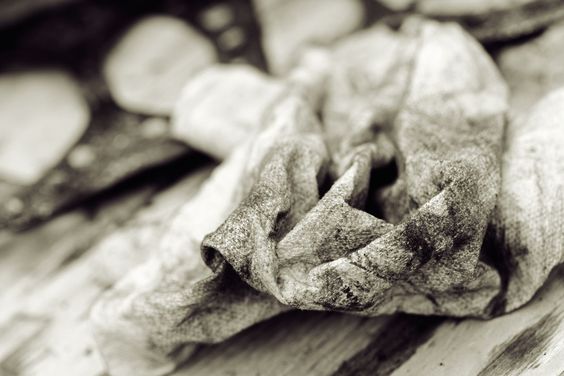
Proper storage and maintenance are vital for preserving valuable items and ensuring their longevity. Active measures, when applied consistently, safeguard possessions from deterioration, damage, and wear.
Firstly, consider temperature and humidity control, actively maintaining an optimal environment that prevents mold, decay, or warping. This actively contributes to the preservation of delicate materials.
Secondly, protective storage methods, such as acid-free containers and archival boxes, actively shield items from dust, light, and pollutants. This safeguards against gradual degradation.
Actively organizing stored items facilitates easy access and minimizes handling risks. Employing clear labels and an inventory system actively contributes to an efficient retrieval process.
In addition, regular inspections and maintenance routines are active steps to detect early signs of wear or potential issues. Active repair or restoration actions, when promptly undertaken, prevent further deterioration.
Actively engaging with professionals, such as conservators or storage experts, provides valuable insights and expertise. Their active involvement ensures adherence to best practices in storage and maintenance.
Whether it’s art collections, antique furniture, or sensitive documents, active awareness and commitment to proper storage and maintenance actively secure the longevity of possessions. By actively implementing these strategies, individuals can actively enjoy their valued items for generations, actively passing them down as cherished heirlooms.
The timeless art of restoration
The art of restoration is a crucial and respected field that preserves and protects valuable artworks for future generations. Through meticulous research, careful analysis, and expert craftsmanship, restoration professionals honor the original intentions of the artists and ensure the longevity of these priceless creations.
By valuing and investing in the art of restoration, we can continue to appreciate and learn from these cultural treasures for years to come.


